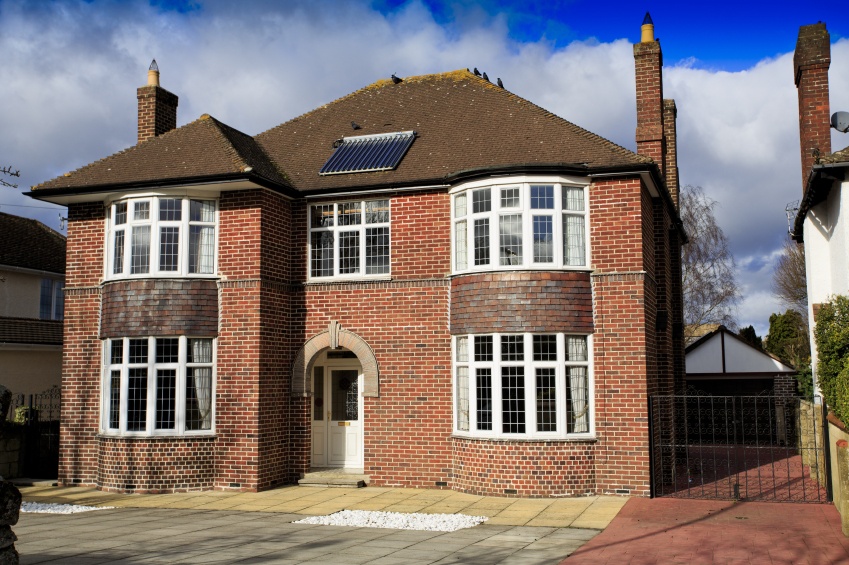Home » Uncategorised »
30% Increase in Second Home Ownership Since Early 2000s
This article is an external press release originally published on the Landlord News website, which has now been migrated to the Just Landlords blog.

There has been a 30% increase in second home ownership in Britain between 2000-02 and 2012-14, according to new analysis from the Resolution Foundation.
The number of adults who own multiple properties has risen from 1.6m in 2000-02 to 5.2m (one in ten adults) in 2012-14.
Combined with falling homeownership since the early 2000s, the rise of second home ownership has underpinned the increasing concentration of property wealth within a declining proportion of families. In contrast to the one in ten adults with multiple sources of property wealth, four in ten (40%) adults have no property wealth at all – up from 35% in 2000-02 and the same level as in 1993-95.
The research shows that, alongside an increase in the number of people with additional properties, the average value of assets held in these properties has risen by 20% in real terms between 2000-02 and 2012-14, from £125,000 to £150,000. The wealth held in additional properties had a gross value of £760 billion in 2012-14 – 15% of the £5.2 trillion held in gross property wealth overall.
The Resolution Foundation says that there is a clear generational split in terms of who owns second homes, with those in prime age and the early stages of retirement having accumulated the most.

30% Increase in Second Home Ownership Since Early 2000s
Multiple homeowners are most likely to be baby boomers – the group born between 1946-1965 and currently aged between 52-71. Boomers account for over half (52%) of all the wealth held in additional properties, with far higher additional property asset levels than those now in their 70s and 80s held at the same age.
Generation X – those born between 1966-1980 and currently aged between 37-51 – accounts for a further quarter (25%) of additional property wealth.
By contrast, millennials – those born since 1981 – own just 3% of the additional properties assets and are the first group since records began to have less of it than their predecessors did at the same age. For example, those born in the 1980s had less than half the additional property assets at age 26 than those born in the 1970s did at that age (an average of £2,600 across all adults born in the 1980s, compared to £5,500 for those born in the 1970s).
While second home ownership is sometimes depicted as a common way for typical workers to shore up savings, or for ordinary pensioners to boost their retirement income by letting properties out, the analysis found that those with a second home are overwhelmingly rich and wealthy.
88% of additional property owners are in the top half of the wealth distribution, while 79% of adults who earn income from additional properties as landlords are in the top half of the income distribution.
Second home owners continue to stand out, even when compared to their peers. For example, over four fifths (82%) of baby boomer second home owners are in the wealthiest half of their generation.
There are also stark regional differences in those who earn income from a second home as a landlord. Nearly six in ten (59%) landlords are found in the South West, South East, East of England and London, which are also the areas where incomes and average wealth are highest.
We remind all those considering second home ownership that additional properties are now subject to a 3% Stamp Duty surcharge – including buy-to-let properties. Find out more: /landlords-guide-3-stamp-duty-surcharge/
The Senior Policy Analyst at the Resolution Foundation, Laura Gardiner, says: “Multiple property ownership is still a minority sport, but a growing one that represents a significant boost to the wealth pots of those lucky enough to own second homes. People with second homes not only have an investment that they can turn to in times of need, for instance in later life when care is required, but if the property is rented out, they also see a boost to their incomes here and now.
“Contrary to the popular narrative, these second home owners are rarely your typical middle-income worker shoring up savings or ordinary retiree boosting pension income. They tend to be baby boomers who are very wealthy indeed relative to their peers, living in the south and east of England.”
She continues: “With young people much less likely to own a home at all than their predecessors at the same age, the growing concentration of property wealth among fewer families raises concerns not just for their living standards, but for wealth inequality of our country as a whole. Recent steps to increase Stamp Duty on second homes and reduce tax relief on buy-to-let mortgages are attempts to address this challenge, but policymakers should consider what more can be done to ensure that homeownership doesn’t become the preserve of the wealthy for generations to come.”





